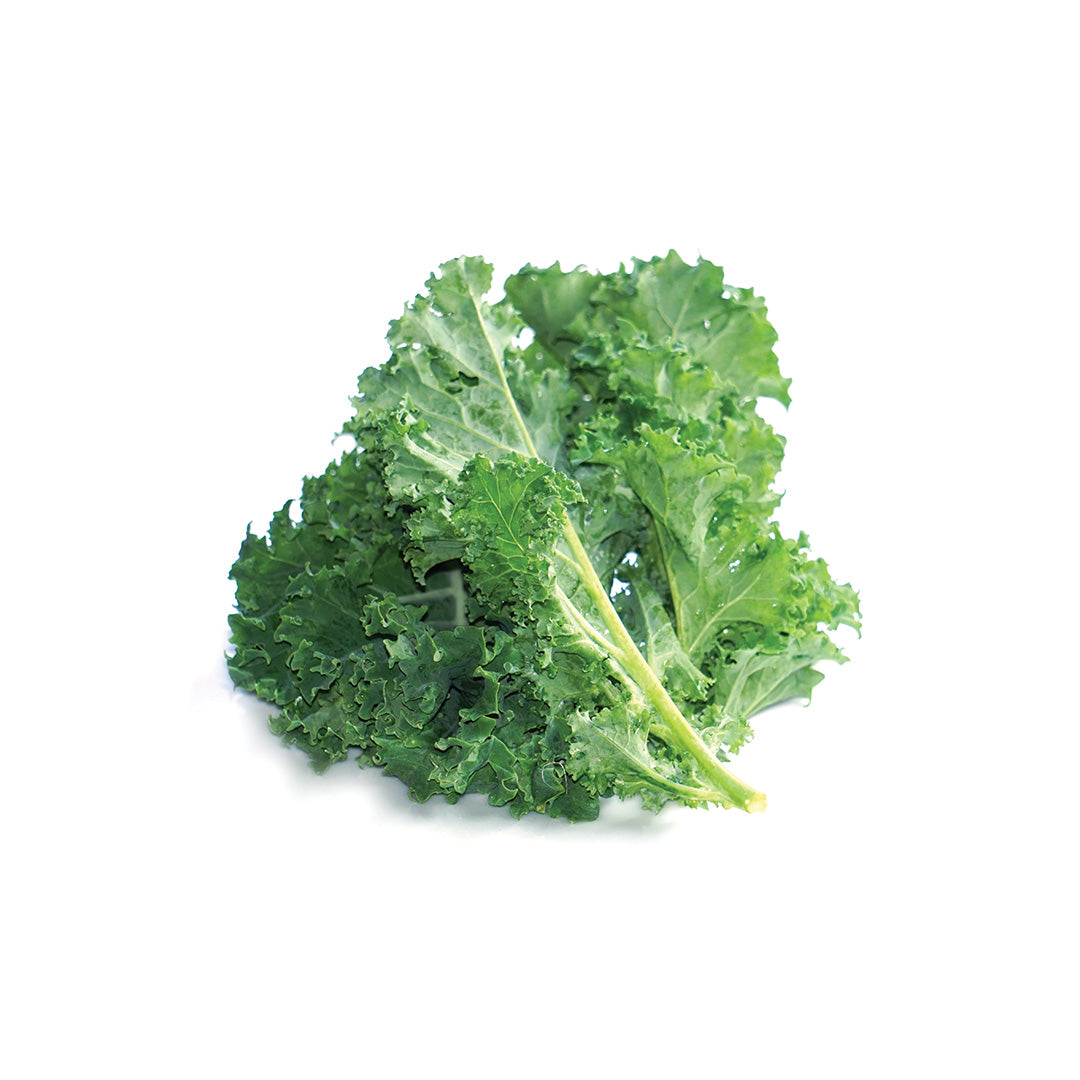Kale

Benefits
1. Kale is a cruciferous vegetable that is popularly known for its great bioactive compounds (i.e. phenolics, carotenoids, and glucosinolates) which are useful in the prevention and the treatment of chronic and degenerative diseases.
2. The document underlines key factors influencing the content of primary and secondary metabolites in kale at different development stages during the harvest season, under different environmental conditions, during postharvest handling and among other varieties.
3. The distribution of glucosinolates, phenolic compounds, and carotenoids in kale is very important as they may have protective mechanisms, which include xenobiotic detoxification, decreased carcinogen activation, and slow tumor growth.
4. Kale brings potential health benefits in the prevention of diseases such as gastric ulcers, hypercholesterolemia (high cholesterol), hyperglycemia (high blood sugar), rheumatism, and liver diseases. It also has higher nutritional value than other food items.
Reference:
Improving the Health-Benefits of Kales (Brassica oleracea L. var. acephala DC) through the Application of Controlled Abiotic Stresses: A Review PMCID: PMC8706317 PMID:34961097

